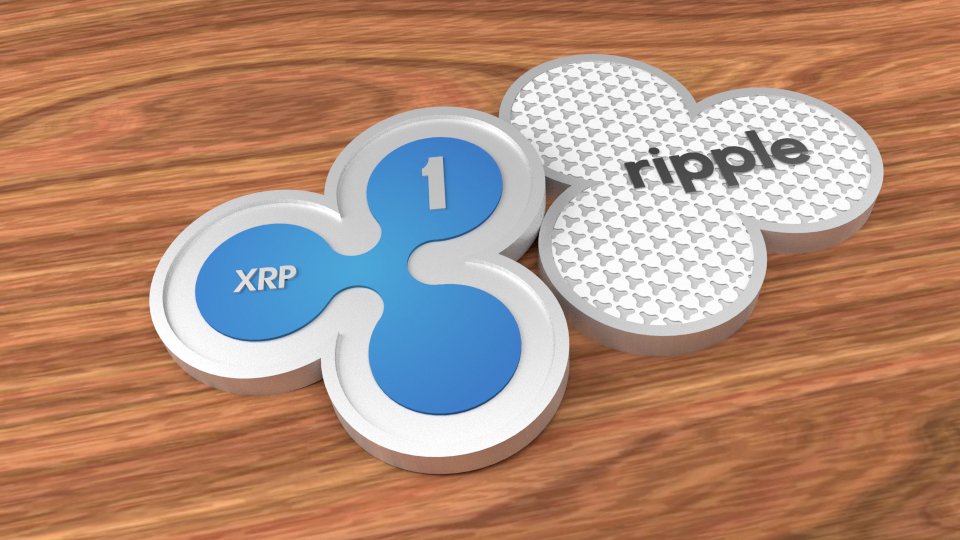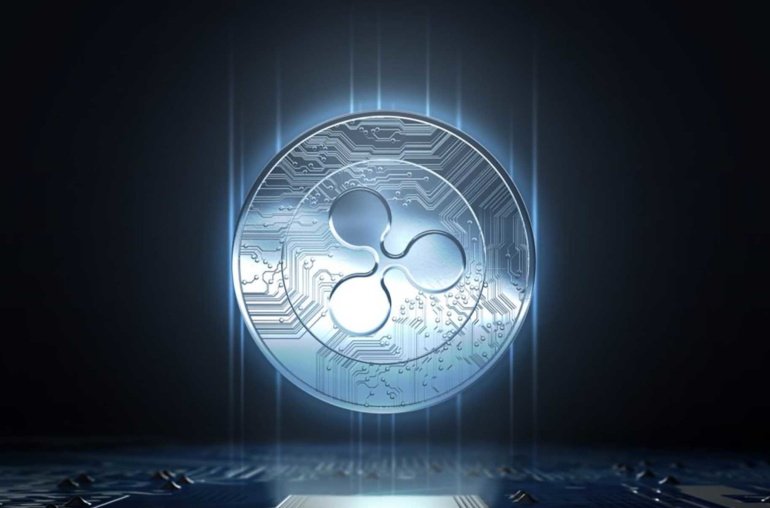Ripple, a name that has garnered significant attention in the cryptocurrency space, is a payment protocol designed to facilitate fast, frictionless cross-border payments with minimal fees. This technology operates on a network of servers communicating constantly, maintaining a distributed ledger with the latest state of balances and transactions. Ripple also hosts its native asset, XRP, which serves as the primary medium for transferring value across the network.
RippleNet is the latest version of Ripple’s payment protocols, which combines all its products into one network. This network allows for the transfer of value using XRP and also provides the option to generate value and liquidity without using the XRP asset. RippleNet boasts of being the most advanced blockchain technology for global payments, connecting financial institutions to a network of providers across 40+ countries and six continents.
In collaboration with over 200 banks and several companies, RippleNet enables payments in any fiat or crypto asset, including Bitcoin. Compared to Bitcoin, Ripple’s protocols promise to be more efficient, with the ability to process up to 1,500 transactions per second. The Ripple network operates with known validators that communicate every 4 seconds to update the ledger and achieve consensus on transactions.
XRP, the native token of the Ripple network, was created in 2013 to serve as a vehicle for transactions and pay network fees. With a total supply of 100 billion units, XRP has been distributed to various owners, including banks, for testing purposes. Ripple, Inc. holds the majority of XRP and plans to release them gradually over time.
Ripple has been in competition with Bitcoin, offering faster and more scalable transactions. However, Ripple’s success is tied to Bitcoin’s performance in the crypto market. Ripple has also challenged Ethereum, aiming to take over multiple use cases currently belonging to Ethereum’s platform.
The rebranding of XRP in late 2018 aimed to distinguish the asset from Ripple and clarify its use case. Ripple’s CEO, Brad Garlinghouse, has led the company to form partnerships with banks and explore new fundraising options, including an initial public offering. Despite skepticism from Bitcoin maximalists, Ripple has gained traction in the crypto space and has seen increased liquidity and market acceptance.
Investing in XRP remains risky, as the asset is still considered an altcoin and faces competition from Bitcoin. Ripple’s journey in the cryptocurrency market continues to evolve, with the company focusing on expanding its network and partnerships to drive adoption and growth.
Overall, Ripple and XRP present an alternative to traditional banking systems and aim to revolutionize cross-border payments with their innovative technology and network. While the future of Ripple and XRP remains uncertain, the project’s unique approach to payments and partnerships sets it apart in the cryptocurrency space.



